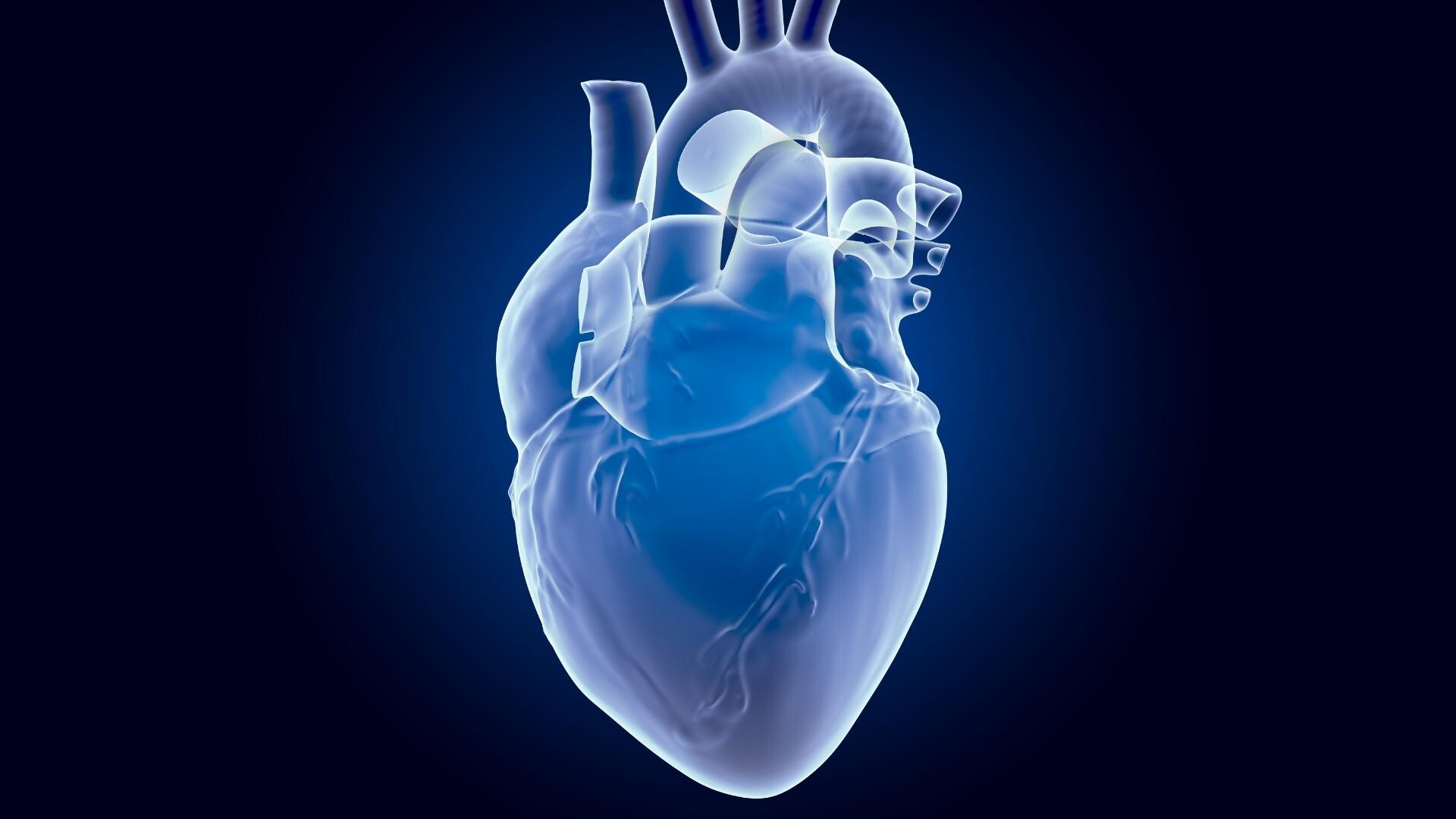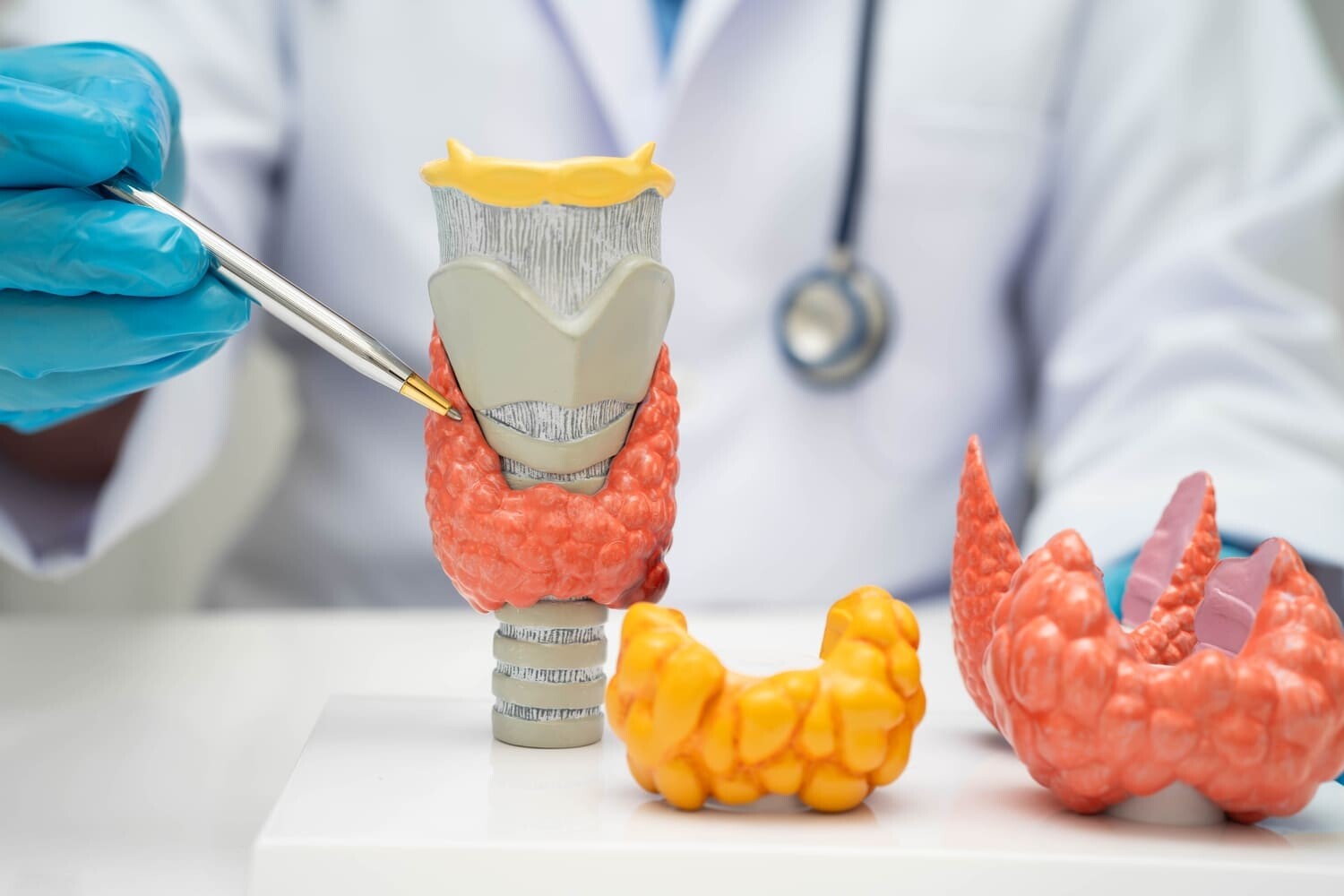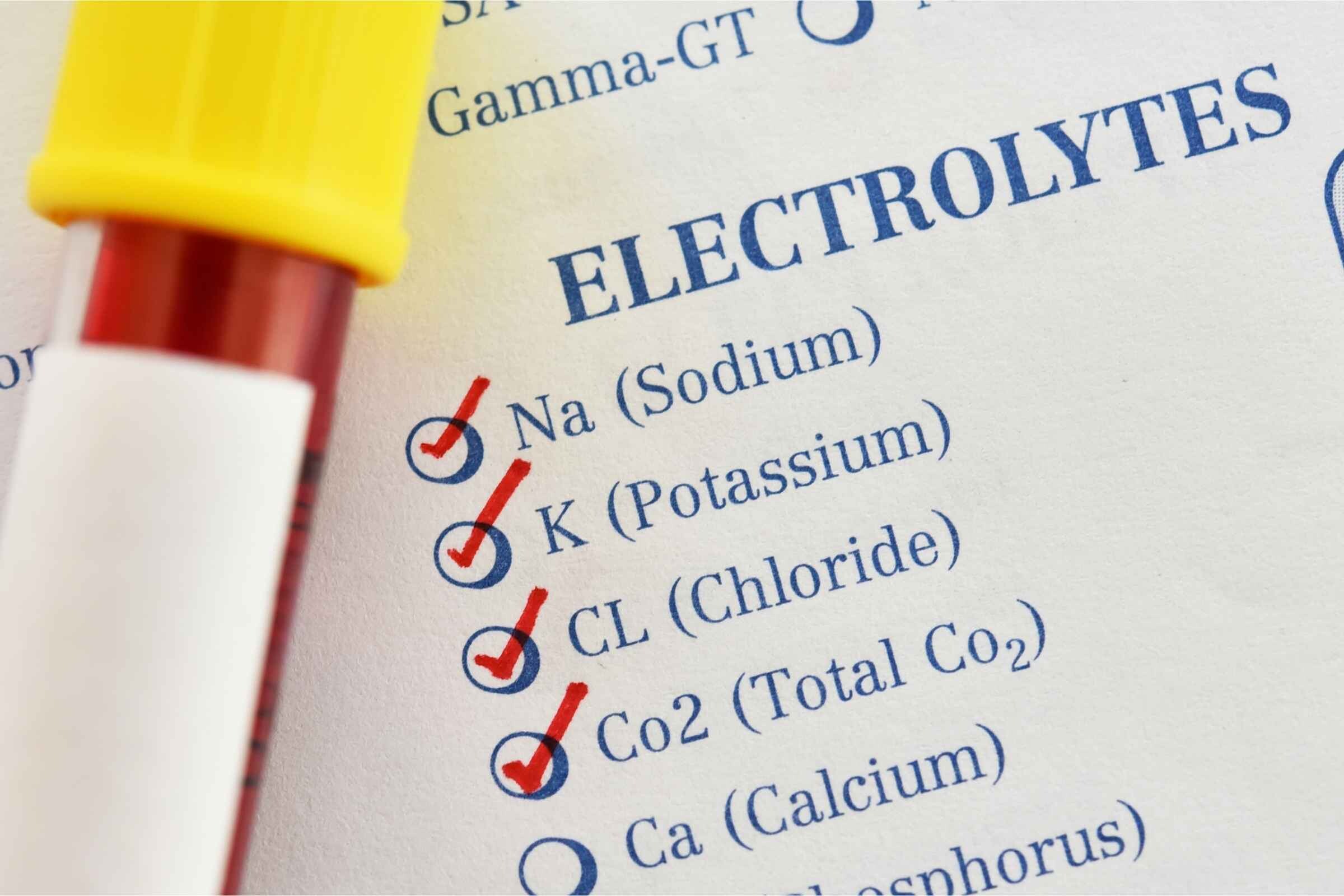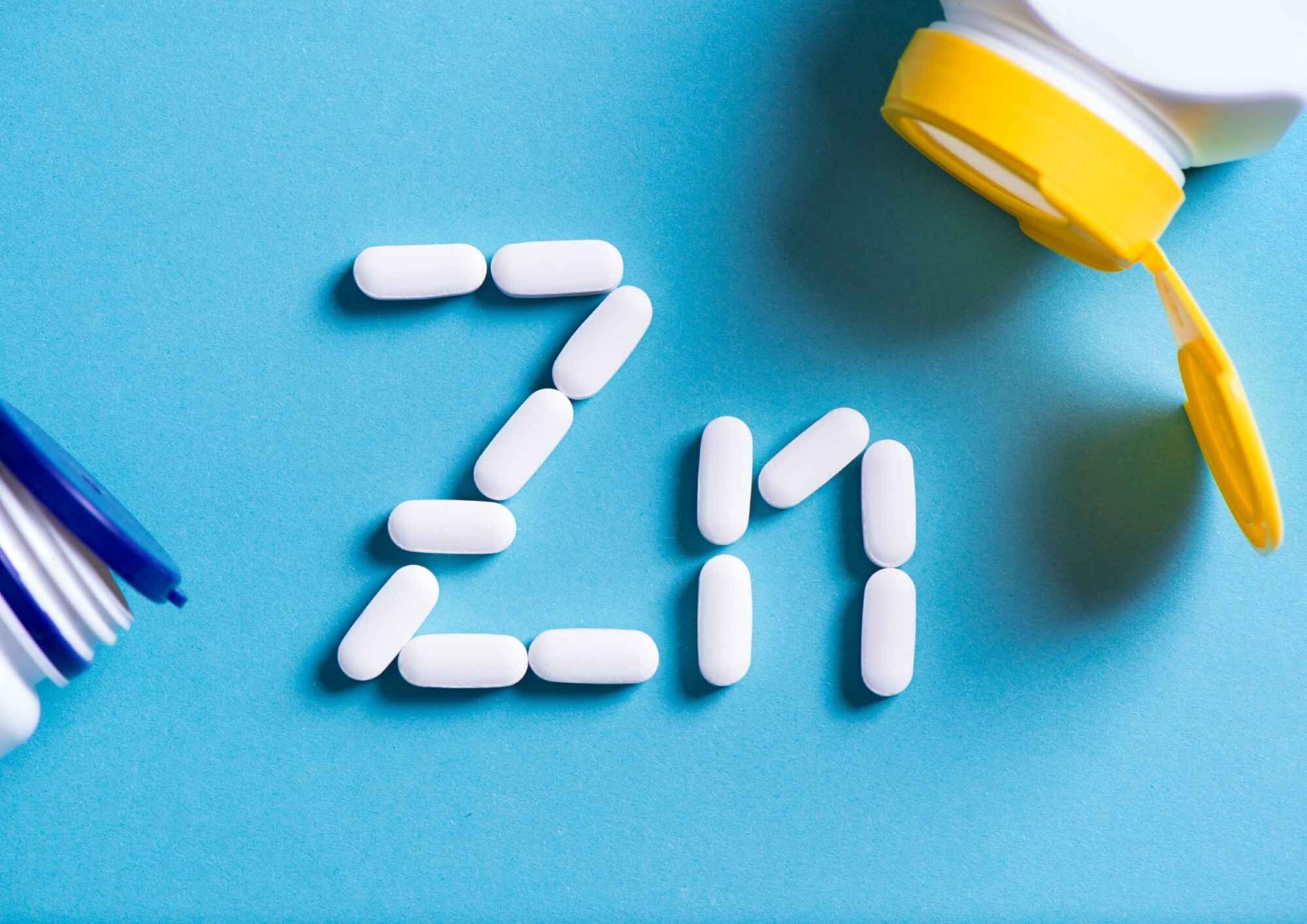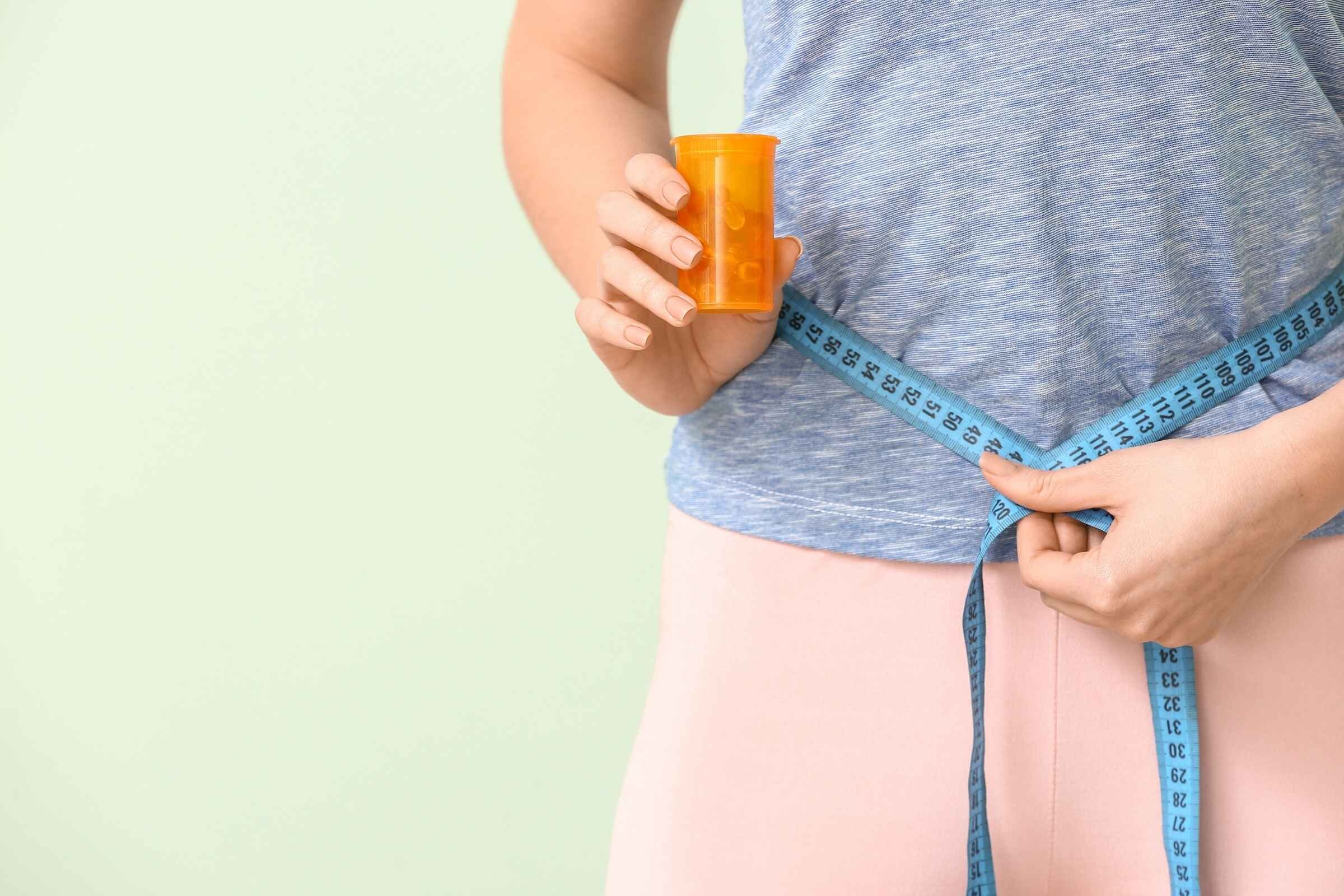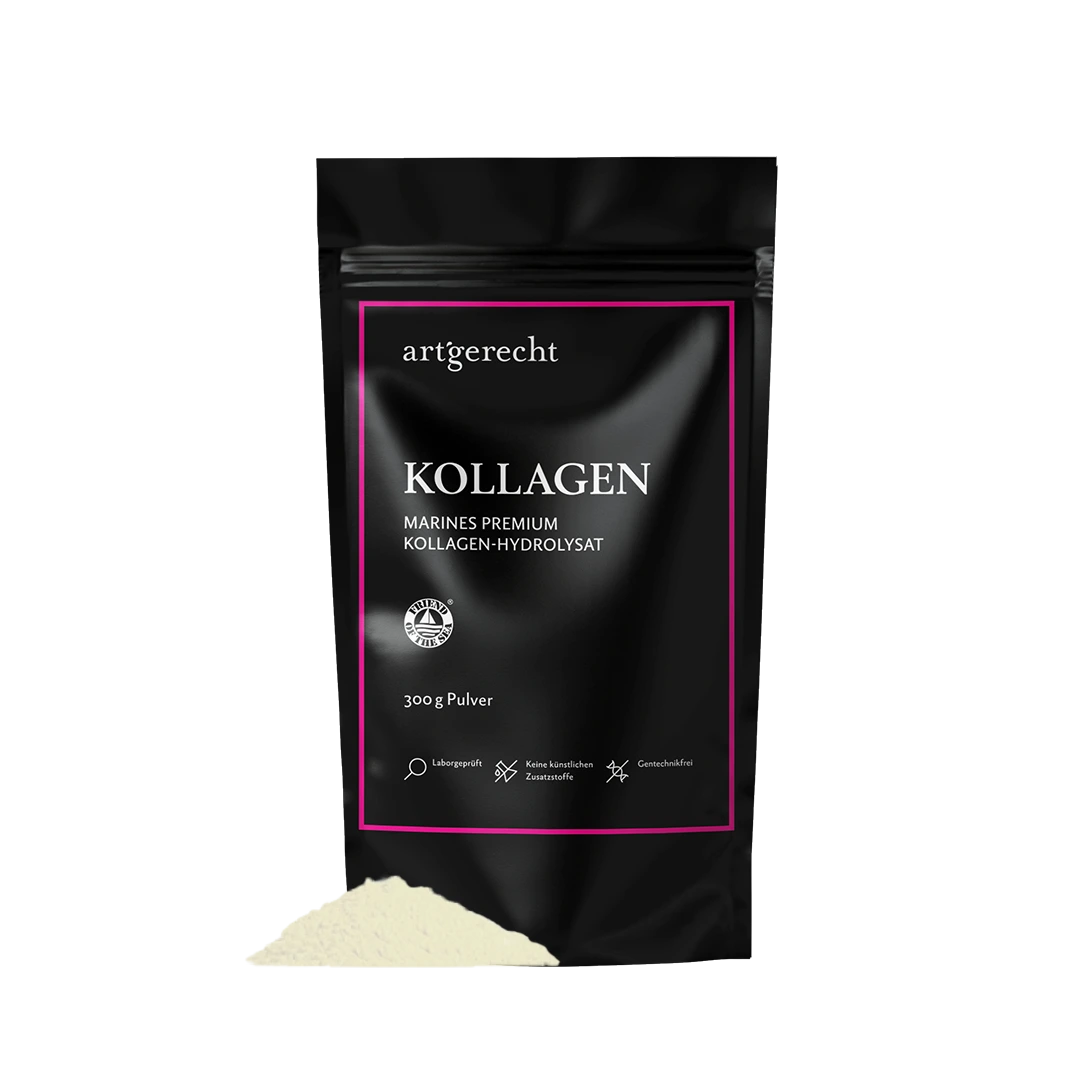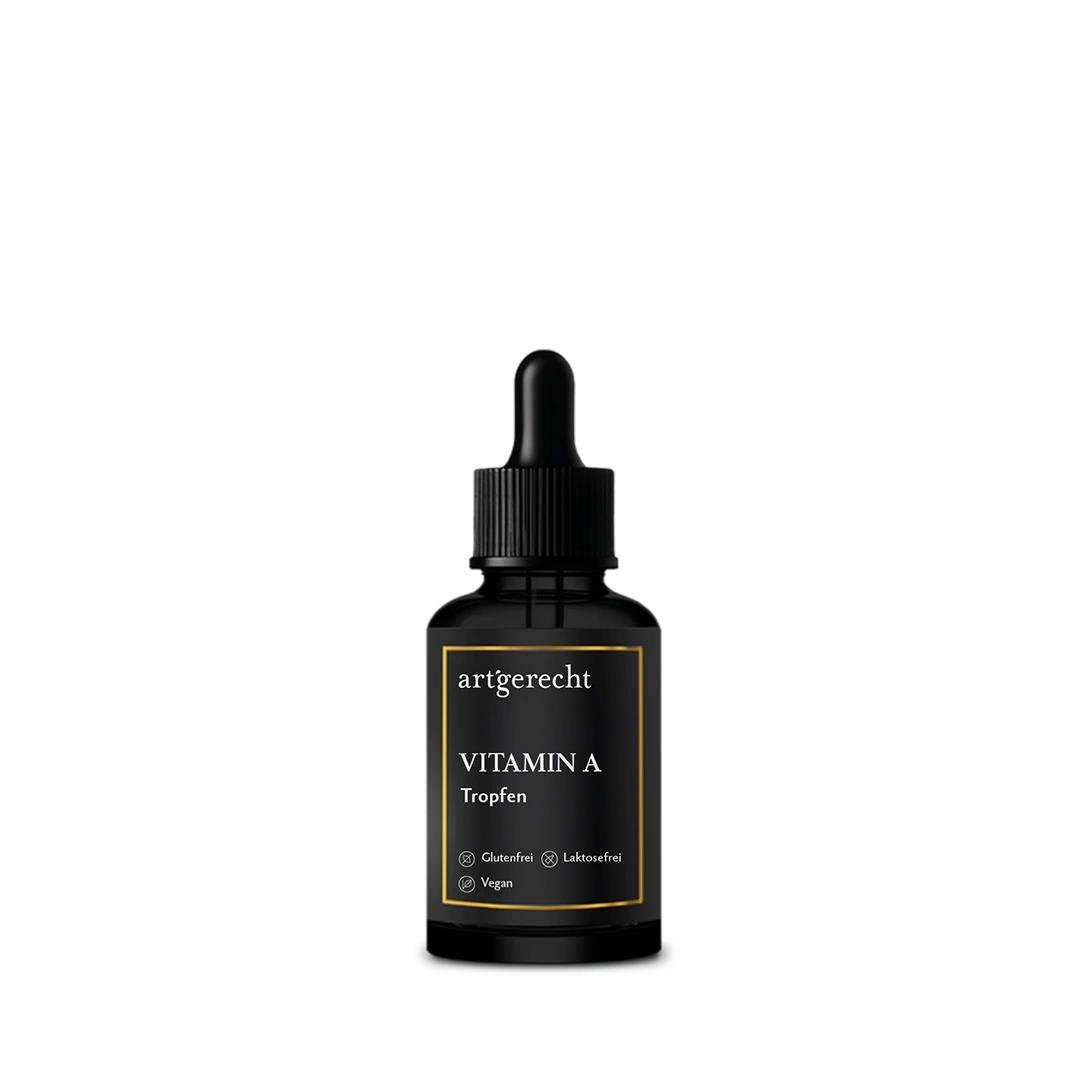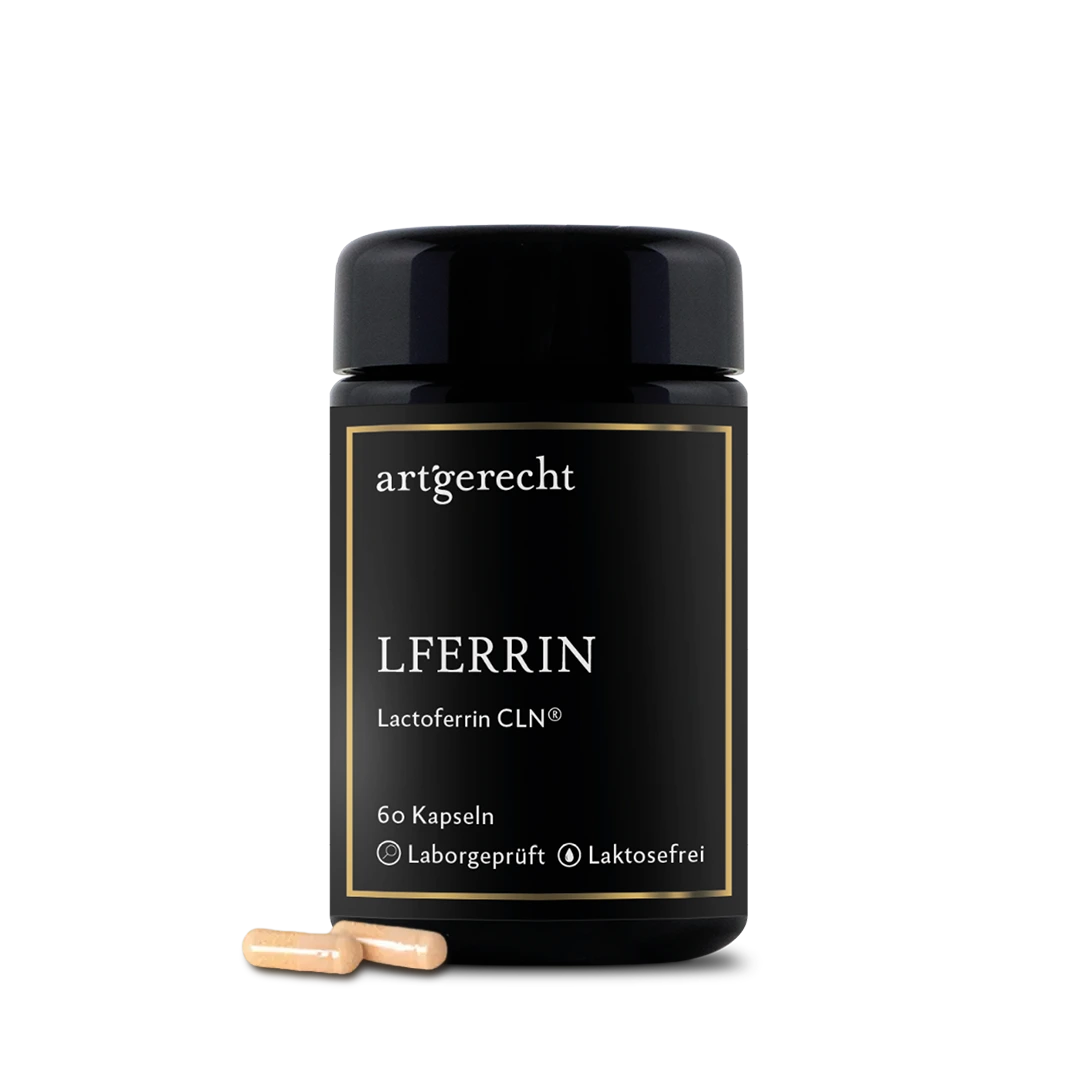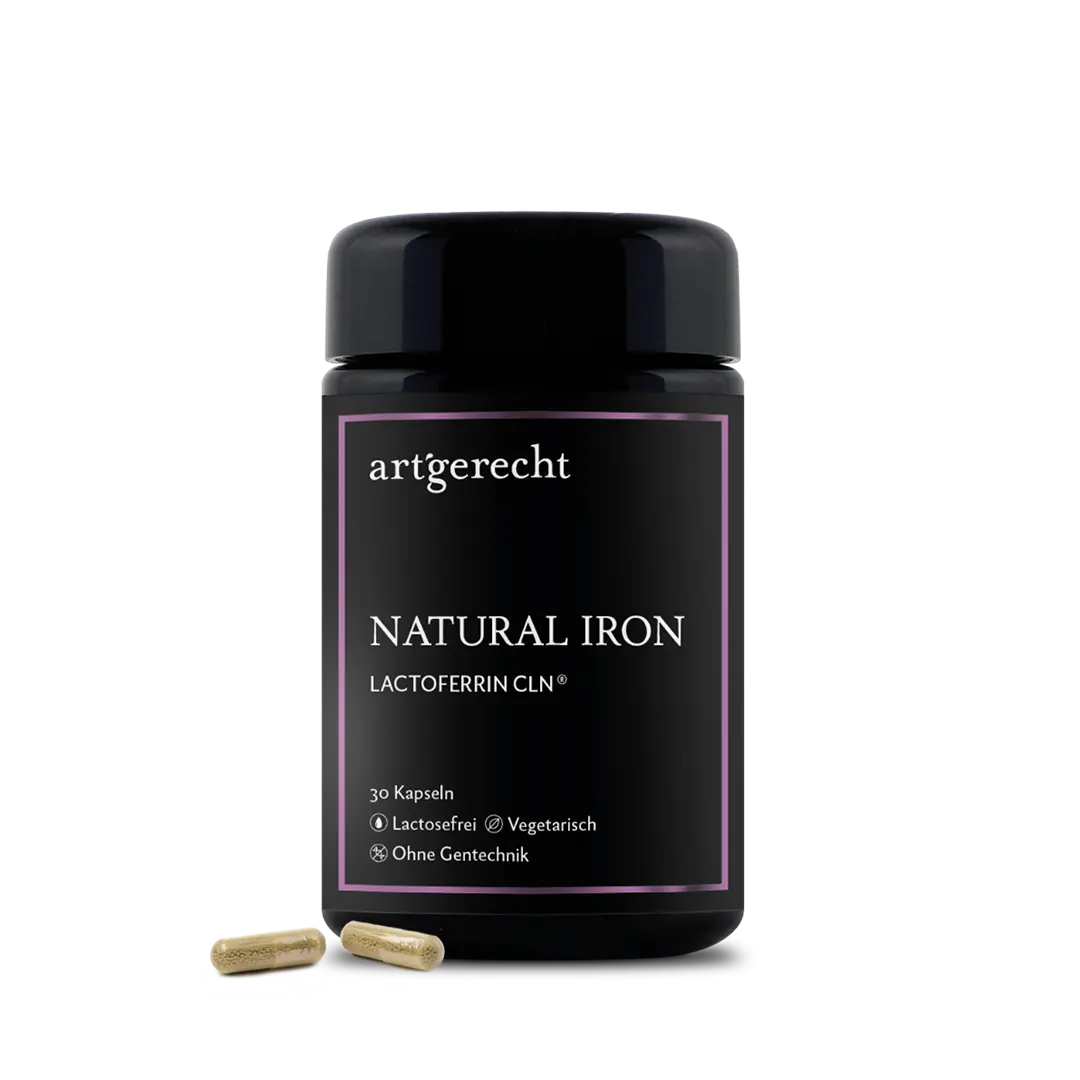- How is our heart structured?
- Where is the heart?
- A lightweight – und gesund für das Herz
- How does the blood circulation work?
- What happens during a cycle?
- What actually happens during a heartbeat?
- Fühlst Du Deinen Puls?
- Electricity at the heart: how can that be?
- The heart – the motor in our body. How much horsepower does the heart have?
- Why we should take good care of our heart:
- Are heart attacks purely a matter for men?
- But what is coronary heart disease (CHD for short)?
- What role does our immune system play?
- What is a heart-healthy diet?
- Nutrition against inflammation – and what we can learn from our ancestors:
- Other factors that affect your heart. Did you know…?
- Does the literal „broken heart“ actually exist?
The human cardiovascular system is the result of hundreds of millions of years of evolution - from the oldest molluscs to mammals. We know the heart and the shape of the heart primarily as a symbol of love. But why is that? Our heart is constantly at work for us, at best for a lifetime. Find out exciting facts about your heart and what you can do to strengthen it.
How is our heart structured?
The heart is divided into a right and a left half of the heart, which are separated by a ventricular septum. Both sides are divided into atria and ventricles. The heart muscle itself is surrounded by the pericardium, which envelops the heart as a whole.
The first tissue layer (epicardium) of the heart is firmly fused to the heart muscle and attaches to it on the inside. This so-called epicardial layer consists of fatty and connective tissue as well as the coronary arteries (coronary vessels). There is some fluid between the epicardium and pericardium so that a heartbeat can occur without excessive friction. The actual heart muscle (myocardium) adjoins the epicardium and is separated from the inside of the organ by a fourth, thin layer of tissue - the endocardium
.Where is the heart?
You will find the heart unfolded in the middle of your chest between the two lungs, well protected and slightly offset to the left behind the breastbone (sternum). An adult heart is fist-sized and weighs about 250 grams in women and 300 grams in men – about as heavy or as light as kohlrabi.
A lightweight – und gesund für das Herz
Kohlrabi is rich in iron, which is important for the blood, muscles and liver. The potassium it contains ensures a regular heartbeat in the body and regulates blood pressure. In this way, kohlrabi strengthens our heart and immune system as well as our bones, cells, muscles and liver.
How does the blood circulation work?
The term blood circulation refers to the interaction between our heart and the blood vessels that run through the entire body. The so-called arteries (arteries) transport the blood away from the heart to the organs. They are therefore often referred to as the lifelines for our organs. The veins carry the blood back to the heart. There is not just one circulatory system in the human body, but two circulatory systems connected in series
.The vascular system can be imagined as a tree. Larger arteries branch off from the „trunk“, the main artery (aorta), and then branch out further. The smallest arteries merge into a capillary network, a network of tiny blood vessels.
What happens during a cycle?
The cycle begins with the relaxation of the heart muscle (relaxation phase) between two heartbeats. The blood then flows from both atria into the ventricles. In the subsequent expelling or ejection phase, the heart pumps around 80 milliliters of blood into the large arteries.
There is a large and a small cycle. we'll explain how this works in more detail: In the large circulatory system, blood flows from the left ventricle into the aorta. Oxygen-rich blood is pumped from there via the large and small arteries into the capillary network. Here, oxygen, nutrients and other vital substances are released and carbon dioxide and waste products are absorbed into the blood. The deoxygenated blood is transported in the veins from the right atrium to the right ventricle. Then the small cycle begins: deoxygenated blood passes from the right ventricle into the pulmonary artery. From there, it divides into smaller and smaller branches and branches - the so-called arteries and capillaries, which lie in a fine network over the grape-shaped alveoli (pulmonary vesicles) . At the end of the airways, carbon dioxide is released from the blood and enriched with fresh oxygen. We excrete carbon dioxide through our breathing. Oxygen-rich blood flows from the left atrium back into the left ventricle via the pulmonary arteries. The entire blood circulation repeats itself with the next heartbeat – again and again, for a lifetime.
66 bathtubs full of blood – that's how much our central organ, the heart, pumps through our body every day.
Our heart has a long line:
About 100,000 kilometers of blood vessels have to cross the body of an adult in order to maintain the supply of our entire body. 5 to 6 liters of blood flow through the veins per minute. In fractions of a second, for example in the event of danger, this performance can even be increased. During strenuous exercise, our heart can pump over 20 liters of blood through our veins.
What actually happens during a heartbeat?
The embryo's heart normally starts beating at the beginning of the fourth week of pregnancy. The heartbeat is the rhythmic contraction of the heart muscle (systole). The heart relaxes between beats (diastole). The alternating contraction (the contraction of muscles) and relaxation ensures the supply of oxygen and nutrients to the entire body.
On average, our heart beats 70 times per minute. This corresponds to about 100,000 beats per day or 36 million beats per year. The resting heart rate is around 90 for adolescents and around 70 for adults, depending on age and training conditions. A woman's heart beats faster than a man's. The heart of a child beats faster than the heart of an adult.
The heart rate of a trained athlete is around 50 beats per minute.
Every heartbeat makes the arteries throb. This throbbing can be felt as a pulse, the speed of which varies depending on the exertion.
Fühlst Du Deinen Puls?
Place your index and middle finger on your wrist under your thumb, to feel your pulse. The pulse wave you feel is what your heart moves through your body in one beat. So if you record all the pulse waves you feel in one minute, you know exactly how fast your heart is beating.
Electricity at the heart: how can that be?
When the heart chambers are completely filled with blood, an electrical impulse is emitted and conducted through the so-called excitation conduction system.
The conduction system consists of specialized myocardial fibres. It is located in the heart wall and enables the orderly propagation of electrical impulses. This contracts the heart muscle and pushes the blood from the ventricles into the systemic circulation.
On average, the human heart generates 1.5 WATT. One kilowatt hour of energy keeps it beating for around 666 hours.
The heart – the motor in our body. How much horsepower does the heart have?
According to the calculations of some physicists, the power of the heart corresponds to a 580 hp engine – and that with a steady heartbeat, i.e. in first gear. About 200 million liters of blood as „fuel“ flow through the body during a person's lifetime, which roughly corresponds to the load of one to two öltankers.
Why we should take good care of our heart:
Problems, disorders and diseases of the cardiovascular system are not uncommon: In 2020, almost 340 thousand people died from cardiovascular diseases – this accounts for around 40 percent of all deaths.
Although the number has statistically decreased over the last 40 years, it is still the main cause of death in Germany.
Cardiovascular disease is also associated with a large number of individual illnesses.1 Even if this is not directly linked to a fatal illness, many new cases of high blood pressure or arteriosclerosis arise every day. Coronary heart disease, myocardial infarction and stroke are particularly interesting for prevention (preventive healthcare) due to their widespread occurrence. The most important risk factors for cardiovascular diseases are, in addition to genetic factors, cardiometabolic diseases such as high blood pressure, diabetes mellitus, dyslipidemia (fat metabolism disorders) and obesity as well as unhealthy behavior such as smoking, lack of exercise and an unhealthy diet.
Are heart attacks purely a matter for men?
First of all – of course, you can't say that across the board. But the fact is: men suffer significantly more frequently from the most common heart diseases than women. Of the cardiological diagnoses recorded in the German Heart Report, 57.8 percent of men and 42.2 percent of women are affected (2013). In many cases, this is due to lifestyle, unhealthy eating habits and dealing with stress - because stress and vital, chronic exhaustion also increase the risk of coronary heart disease.2
Long-term stress causes inflammation in the body (low-grade inflammation). The tricky part: Inflammation of blood vessels is not painful at first, but inflammatory processes can also occur there.
But what is coronary heart disease (CHD for short)?
Coronary heart disease (CHD) narrows the large arteries (coronary arteries), which supply the heart muscle with oxygen. This is caused by deposits in the blood vessels (arteriosclerosis), also known colloquially as vascular calcification. Arteriosclerosis begins with a slight inflammation and damage to the arterial walls. Defense cells, fat and other substances accumulate there. Such deposits are referred to as atherosclerotic plaques.
They can grow over time and block the blood flow through the arteries. In CHD, at least one coronary artery is affected by atherosclerosis. The most common consequence of coronary heart disease (CHD) is a heart attack.The good news: We can see from the risk factors that lifestyle has a direct influence on the development of diseases. A type-appropriate lifestyle therefore plays an important role for heart health - whether you already have a disease or simply want to optimize your performance in everyday (sporting) life. People who adapt their nutrition and ensure they get enough exercise can generally expect a good quality of life and a normal life expectancy despite having CHD.
What role does our immune system play?
One of the central mechanisms of action – and therefore a relevant risk factor in the development of cardiovascular diseases,
What is a heart-healthy diet?
The topic of nutrition is not just about things we should leave out. Above all, it's about adding something that is evolved and deeply rooted in our diet: fish and seafood. The nutrients they contain are particularly important due to the multiple unsaturated fatty acids: EPA stands for eicosapentaenoic acid and DHA for docosahexaenoic acid. They are significantly underrepresented in the Western diet, but are closely linked to heart and vascular health. But why is this the case with these essential fatty acids? We need them for the targeted course of inflammation.
Nutrition against inflammation – and what we can learn from our ancestors:
Since the publication of the first study investigating low mortality rates from coronary heart disease in the Inuit population studies have relied on the presence of omega-3 fatty acids as the possible active constituents [(n-3 PUFA) from fish and seafood (n-3 PUFA), eicosapentaenoic acid (EPA) and docosahexaenoic acid (DHA)]. The effect of omega-3 fatty acids on the cardiovascular system is therefore far-reaching. The consumption of fish (e.g. 1-2 portions per week) reduces the risk of coronary heart disease by 36% and overall mortality by 17%. An intake of 250 mg/day EPA and DHA appears to be sufficient for primary prevention.3,4,5
Other factors that affect your heart. Did you know…?
- Laughing is healthy:
Research shows that early, hearty laughter relaxes the heart walls and thus improves circulation. When you laugh, hundreds of muscles are activated, allowing you to breathe deeper. This stimulates the heart and circulation and relieves pressure on the bronchial tubes.6
- Two Heartbeats – 2 hearts that beat together:
Couples can synchronize their heartbeats by looking deep into each other's eyes for three minutes. Eye contact touches and connects. This intimate interaction could be the reason why the heart symbol has long stood for love between two people.7,8,9,10
- In time with the music:
Music influences your heart rate. As soon as you listen to a slow melody, your heart rate drops. Rock music, on the other hand, promotes cardiovascular activity. Science is also interested in this phenomenon. In 2009, the Marienhospital Herne set up a working group on the subject of the „influence of music on health and cardiovascular parameters“.12
- Cats are good for your heart:
Studies show that people who own a cat have a lower risk of heart attack. Researchers believe that cats reduce stress and can therefore reduce the risk of heart attacks.13
Does the literal „broken heart“ actually exist?
If You've ever experienced lovesickness, you're probably familiar with it: heartbreak. Doctors have observed a phenomenon known as „broken heart syndrome“ (also known as Takotsubo syndrome, broken heart syndrome or stress cardiomyopathy) when a loved one breaks up or dies. The symptoms resemble a heart attack in those affected, but the coronary arteries are not blocked.11
These signs usually indicate a heart attack during a medical examination. However, only around two percent of all patients with a suspected heart attack suffer from Broken Heart Syndrome, a plastic radio frequency disorder that can cause a heart attack.

